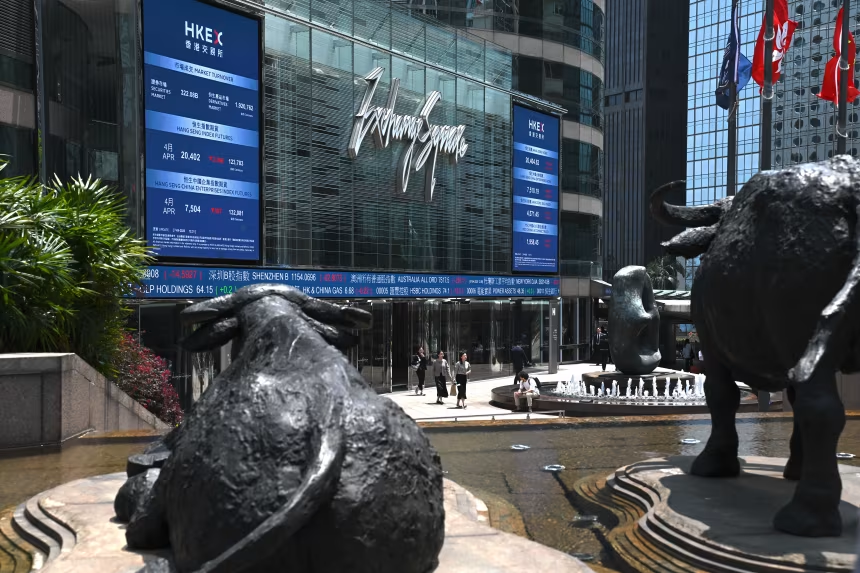Global financial markets were thrown into turmoil as the United States announced plans to impose a 100 percent tariff on Chinese imports starting November 1. The move sent shockwaves through major economies, sparking fears of a renewed trade war between the world’s two largest economies and raising concerns over inflation, supply chains, and global stability.
In Asia, stock markets reacted sharply to the announcement. The Hang Seng Index plunged by more than nine percent, while markets in Shanghai, Shenzhen, and Tokyo also posted significant losses. Investors fled to safe assets, with gold and the US dollar gaining strength amid the growing uncertainty.
In the United States, futures markets attempted to stabilize after steep early losses. Analysts noted that while some traders see opportunities in the volatility, long term investors remain cautious as the broader implications of the tariffs begin to unfold. The tariffs are expected to affect a wide range of Chinese exports, including electronics, automotive parts, and raw materials crucial to global manufacturing.
The announcement came after weeks of tension over China’s export limits on rare earth minerals, materials essential for the production of technology devices, renewable energy systems, and defense equipment. US officials accused China of weaponizing trade to gain economic leverage, while China has criticized Washington’s approach as protectionist and politically motivated.
Economists warn that the new tariff plan could ripple through the global economy, pushing up production costs, disrupting supply chains, and slowing growth. Many fear retaliatory measures from Beijing could further escalate the situation, deepening the divide between the two superpowers and reshaping international trade relations for years to come.
Beyond market losses, the announcement signals a growing shift toward economic nationalism and strategic competition. Whether this approach will strengthen domestic industries or trigger wider economic pain remains uncertain. For now, investors and governments alike are bracing for a turbulent period as both nations test the limits of global trade stability.


